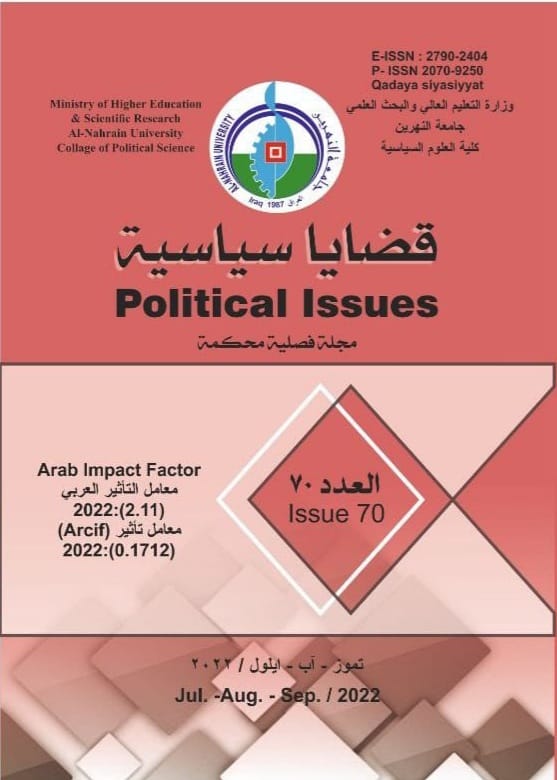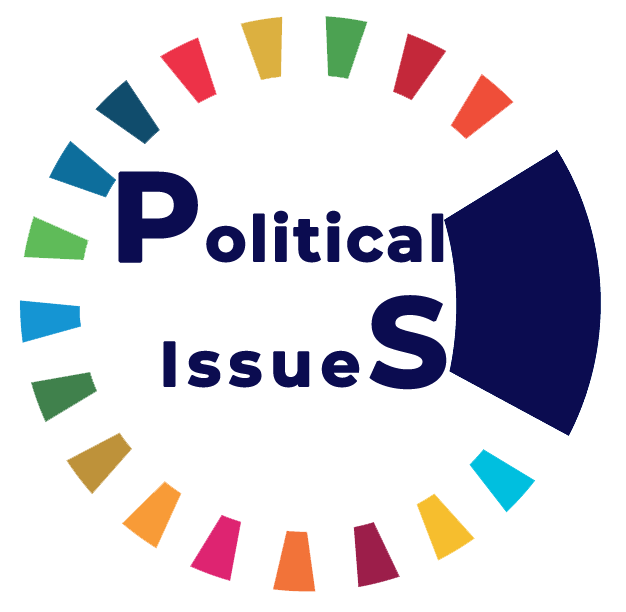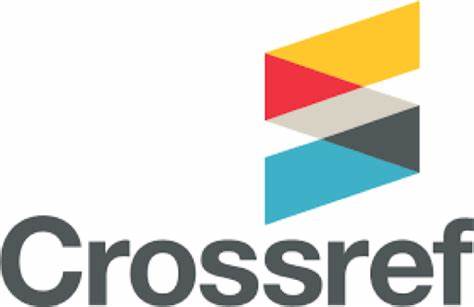Creative Thinking and its Impact on Developing Women's Empowerment: Impediments and Facilitators
DOI:
https://doi.org/10.58298/2022213Keywords:
women, creativity, empowering, obstaclesAbstract
Perspectives, approaches and orientations that deal with the particularity of the relationship between women and creativity on the one hand, and its empowerment within Arab society on the other hand have varied due to the natural, intellectual, societal, and cultural impacts that affect the uniqueness of women’s creativity. Women are the active producers of creativity rather than a byproduct of the process of creativity's production. That is, women produce behaviors, norms, and traditions that contain emotional, intellectual, ideological, and ethical nexus that organize the patterns and social impediments in any given geographical sphere in which the cultural character of the society is practiced. This societal character is subjugated to the domination of the relationship between masculinity and femininity with creativity according to the conservative and romantic intellectual trends and modernism, post-modernism, centrism, and globalization, and in alignment with subjective artistic aesthetic visions rather than expressing it via trusteeship.
While some are still discussing the inadequacy of women’s intellect, the discourse around women’s creativity seems less painful. Perhaps because the woman may feel that she has won the battle to prove the adequacy of her intellect, and to catch her breath to prepare for another battle against the common belief regarding the masculinity of innovation, as it has been proven from experiences that women are capable on success in the best way.

Downloads
Published
Issue
Section
License
This is an Open Access article distributed under the terms of the creative commons attribution (CC BY) 4.0 international license which permits unrestricted use, distribution, and reproduction in any medium or format, and to alter, transform, or build upon the material, including for commercial use, providing the original author is credited.





